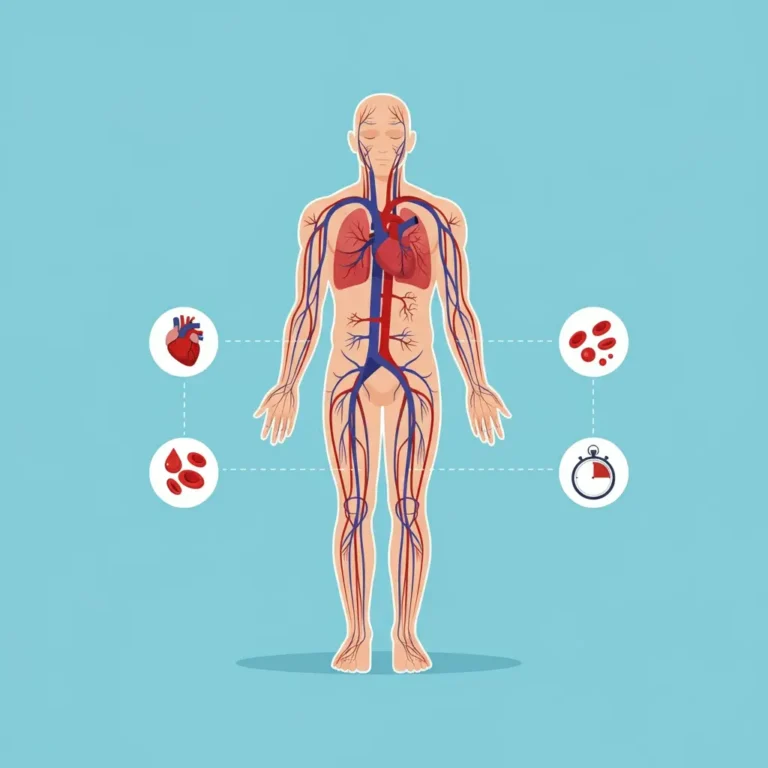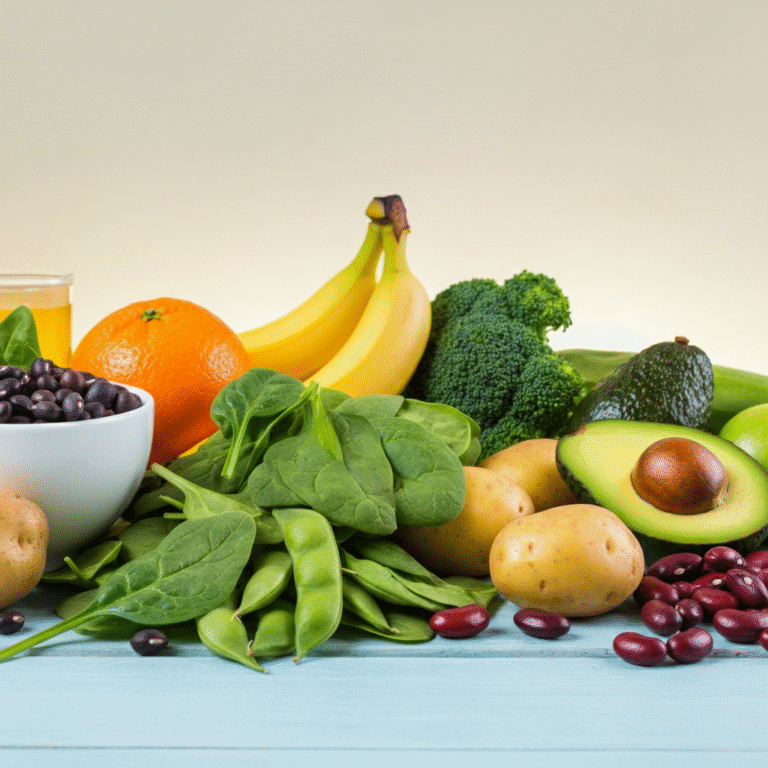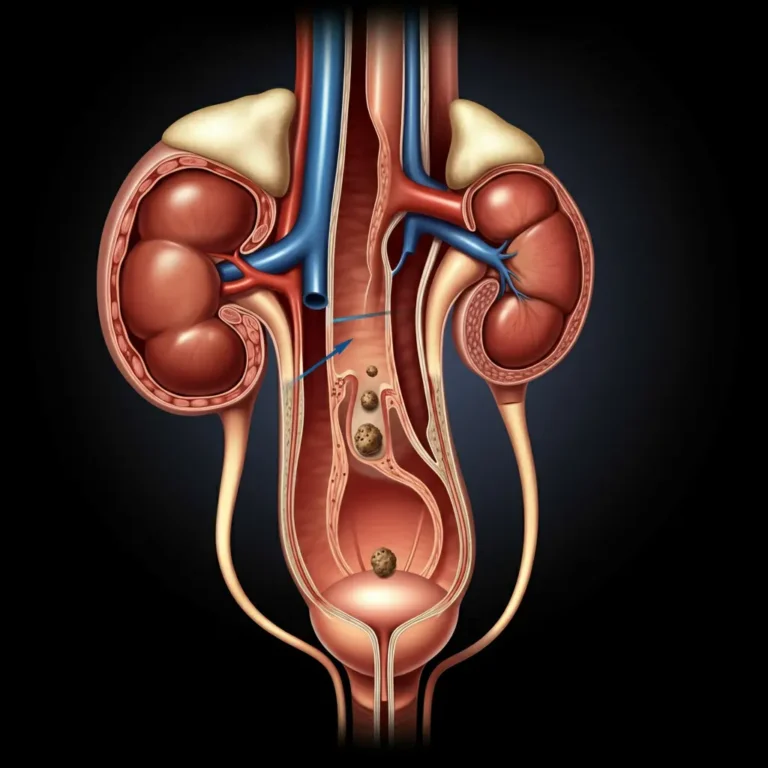How Long Does It Take Rubbing Alcohol to Dry
Rubbing alcohol is a product that can be bought at stores that is used in the household for cleaning surfaces and even scrapes. And though not frequently discussed, the drying time of rubbing alcohol is often debatable. Whether you’re sanitizing a countertop, cleaning electronic devices, or using it for skincare, the drying time is an essential factor in its effectiveness and safety. This blog will address that question in detail and discuss the evaporation process of rubbing alcohol, its uses, and tips for safe application.
Table of Contents
What is Rubbing Alcohol?
Rubbing alcohol typically refers to a solution made of isopropyl alcohol mixed with water. Found in concentrations between 70% and 99% alcohol, it is known for its disinfecting and cleaning properties. Available in most pharmacies and grocery stores, it’s a staple in both medical kits and homes.
How Rubbing Alcohol Works
It eliminates bacteria, fungi, and some viruses through a process called denaturation. This process breaks down their proteins. This explains why it is utilized as a disinfectant. Evaporation also assists it in cleaning, as it leaves almost no residue behind.
Why Does Rubbing Alcohol Evaporate Quickly?
The drying effect of alcohol can be attributed to its low boiling point, which is about 82.5°C (180.5°F). Because alcohol molecules are small and volatile, they quickly transition from liquid to gas. This evaporation process is a chemical characteristic that sets alcohol apart from many other cleaning agents.
Factors That Affect the Drying Time
Several factors influence how long it takes for rubbing to dry, including:
- Concentration: Higher concentrations (e.g., 99%) evaporate faster because they contain less water.
- Temperature: Warm environments promote quicker evaporation, while colder conditions slow it down.
- Surface Type: Porous materials like fabric will retain alcohol longer than smooth surfaces like glass or metal.
- Airflow: Increased ventilation (e.g., using a fan) accelerates the drying process.
Understanding these variables will help you determine the drying time based on the scenario.
How Long Does It Take Rubbing Alcohol To Dry on Skin?
When applied to the skin, alcohol generally dries within 10 to 15 seconds. This quick-drying nature is one of the reasons it’s widely used in medical and cosmetic applications. However, the actual time may vary based on the amount applied, the alcohol concentration, and environmental conditions.
Precautions for Skin Application
- Avoid using it on broken or irritated skin.
- Excessive use can cause dryness or irritation; consider applying a moisturizer afterward.
Drying Time on Surfaces Like Glass and Metal
On non-porous surfaces like glass and metal, rubbing alcohol can evaporate in 20 to 60 seconds. This makes it ideal for cleaning electronics, mirrors, and counters, as it leaves virtually no streaks.
If you’re working in a cooler or less ventilated area, the drying time may extend slightly.
Does Rubbing Alcohol Evaporate Completely?
Yes, it evaporates entirely because it doesn’t leave behind any residue, provided it hasn’t been mixed with other substances. This property underscores why it’s commonly used for cleaning and sanitizing purposes in professional and personal settings.
Comparing Rubbing Alcohol and Isopropyl Alcohol Evaporation
Although often used interchangeably, rubbing alcohol and isopropyl alcohol have subtle differences. Both products evaporate rapidly due to their chemical composition, but the presence of water in alcohol slightly slows down its drying time compared to pure isopropyl alcohol.
For instance:
- Isopropyl Alcohol (99%) dries almost instantly, often in less than 10 seconds.
- Rubbing Alcohol (70-90%) takes longer due to the added water content.
Safe Usage Guidelines for Alcohol-Based Products
To minimize risks while using rubbing alcohol, adhere to these safety tips:
- Always use in a well-ventilated area.
- Keep away from flames, as alcohol is highly flammable.
- Store it in a cool, dark place out of children’s reach.
How to Speed Up the Drying Process
If you’re in a hurry and need this alcohol to dry faster, try the following strategies:
- Use a fan or direct airflow towards the area.
- Apply alcohol sparingly, as less liquid dries faster.
- Work in a warm, well-ventilated room.
For larger surfaces, consider wiping with a microfiber cloth to spread the alcohol more thinly.
Environmental Considerations for Using Rubbing Alcohol
While is biodegradable and evaporates without leaving a residue, overuse can contribute to air pollution. Large-scale industrial use requires responsible disposal. At home, ensure that used containers are recycled according to local guidelines.
Common Applications That Require Drying Time Awareness
It has many uses, but one of its properties, which is critical to its effectiveness, is its fast evaporating rate. Here are some common applications where a rapid evaporating rate is essential:
- Cleaning Electronics: Alcohol’s quick evaporation safeguards sensitive components from moisture damage.
- Medical Sterilization: Quick drying ensures a sterile field for injections or minor surgeries.
- Cosmetic Use: Used for acne treatments or nail polish removal, its drying time affects the next step in your routine.
Frequently Asked Questions (FAQs)
Can rubbing alcohol damage surfaces if it doesn’t dry quickly?
No, provided it’s safe for the material. However, prolonged exposure to certain plastics or painted surfaces may cause discoloration.
Is the drying time affected by the amount of rubbing alcohol used?
Yes, a thicker layer or larger quantity will take longer to dry compared to a thin application.
Can rubbing alcohol freeze under certain conditions?
It has a low freezing point, so it typically remains liquid even in extremely cold weather.
Is it safe to use rubbing alcohol for surface disinfection during pregnancy?
Yes, it is generally safe, but prolonged exposure to vapors should be avoided. Ensure proper ventilation when using it.
5. How does humidity impact evaporation and drying time?
High humidity levels slow the evaporation process, leading to longer drying times.
6. Can I reuse clothes soaked in rubbing alcohol?
It’s best to use disposable cloths when cleaning with alcohol, as reusing them could reduce effectiveness and spread germs.
Why does rubbing alcohol feel cold when applied to the skin?
Evaporation absorbs heat from your skin, creating a cooling effect.
8. How should I store it to maintain its quality?
Keep it sealed tightly in a cool, dark place away from direct sunlight and open flames.







